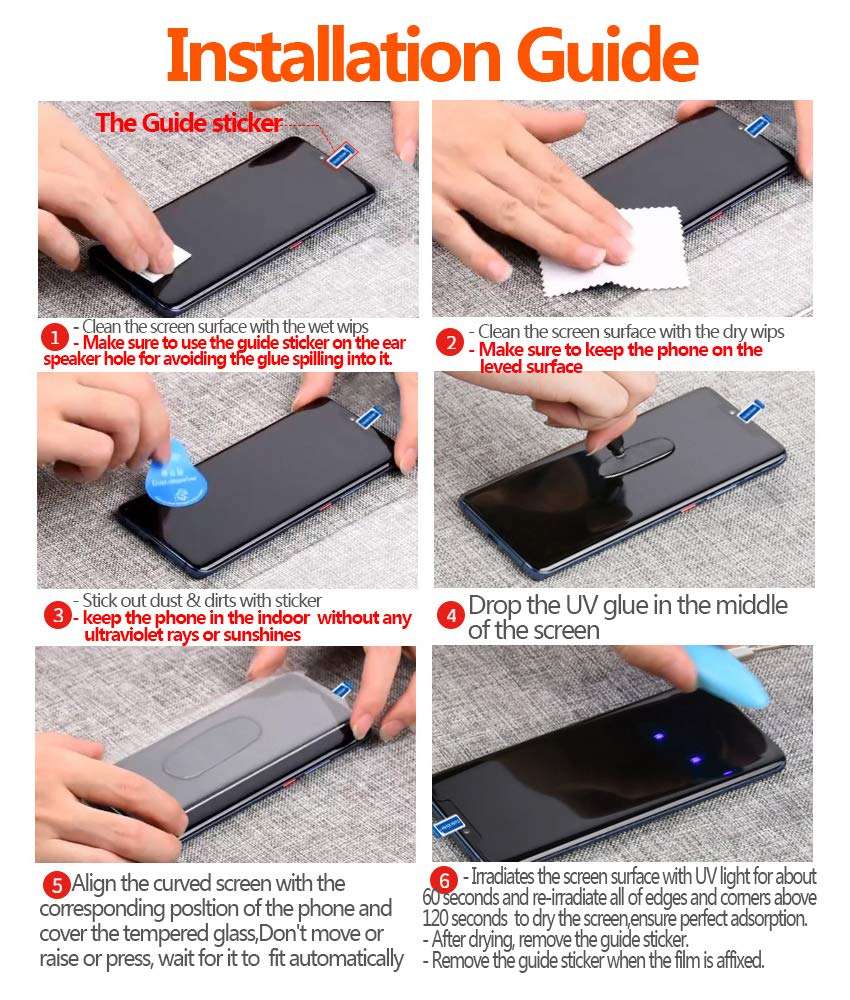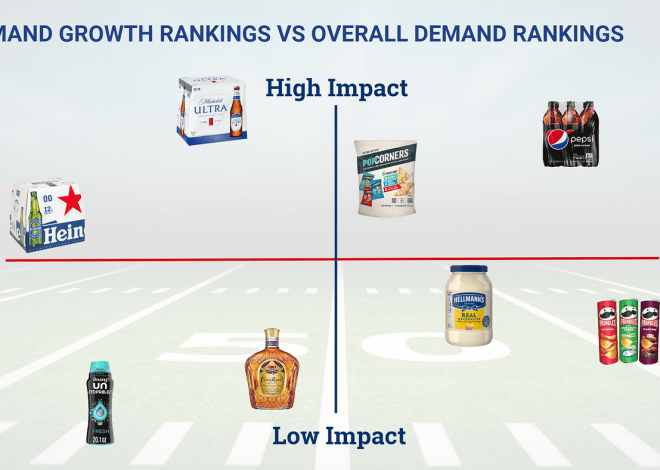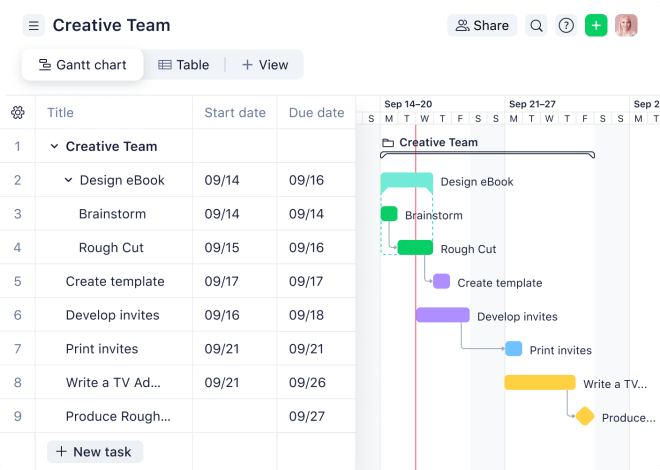
Samsung Galaxy S10 Plus Screen Protector Guide
Protecting your Samsung Galaxy S10 Plus’s stunning display is paramount. A minor scratch can detract from the viewing experience, and a significant impact could lead to costly repairs. Choosing the right screen protector is crucial for maintaining the phone’s pristine condition. This comprehensive guide will help you navigate the diverse world of screen protectors, identifying the best options available for your valuable device. We’ll delve into various types, features, and factors to consider before making your purchase.
Understanding Screen Protector Types
The market offers a wide array of screen protectors, each with its own advantages and disadvantages. Understanding these differences is vital for making an informed decision. Let’s explore the most common types:
Tempered Glass Screen Protectors
Tempered glass protectors are arguably the most popular choice. They are made from chemically treated glass, significantly stronger than standard glass. This durability provides excellent protection against scratches, drops, and impacts. Tempered glass protectors often boast high clarity, ensuring minimal impact on the screen’s visual quality. However, they can be more expensive than other options and may be more prone to shattering upon a significant impact.
PET Film Screen Protectors
Polyethylene terephthalate (PET) film screen protectors are a budget-friendly alternative. They are thinner and more flexible than tempered glass, making them easier to apply. PET film protectors offer decent scratch protection, but they are less resistant to impacts. They’re a good choice for users who prioritize affordability and ease of application, but their durability is compromised compared to tempered glass. The clarity is often good, but not always as high as tempered glass.
Liquid Screen Protectors
Liquid screen protectors, also known as screen coatings, are applied as a liquid and then cure to form a protective layer. They are incredibly thin and offer good protection against minor scratches and smudges. Liquid screen protectors are easy to apply and don’t alter the feel of the screen. However, they offer minimal protection against drops or impacts and are generally less durable than tempered glass or PET film protectors. They also require reapplication over time.
Factors to Consider When Choosing a Screen Protector
Beyond the type of screen protector, several additional factors play a crucial role in selecting the best one for your needs. These include:
- Clarity: Look for a screen protector that offers high clarity, ensuring minimal impact on the screen’s vibrancy and color accuracy. Poor clarity can significantly detract from the viewing experience.
- Touch Sensitivity: A good screen protector shouldn’t interfere with the responsiveness of the touchscreen. Test reviews or user feedback to ensure a smooth and responsive touch experience.
- Durability: Consider the level of protection you require. If you’re prone to dropping your phone, a tempered glass protector is recommended. For less demanding users, a PET film protector might suffice.
- Ease of Application: Some screen protectors are easier to apply than others. Look for protectors that come with installation tools and clear instructions to minimize the risk of bubbles or misalignment.
- Oleophobic Coating: This coating helps to repel fingerprints and smudges, keeping the screen cleaner for longer. It’s a desirable feature, especially for frequent users.
- Price: Screen protectors are available at a wide range of prices. Balance your budget with the level of protection and features you require.
Top Samsung Galaxy S10 Plus Screen Protector Recommendations
Choosing the right screen protector can feel overwhelming, so we’ve compiled a list of our top recommendations based on various factors, combining user reviews and expert opinions; This is not an exhaustive list, but a starting point for your research.
Premium Choice: [Brand Name] Tempered Glass Screen Protector
This tempered glass screen protector offers exceptional clarity, high impact resistance, and a smooth touch experience. It’s a premium option that justifies its higher price tag with superior protection and durability. Many users praise its easy application and oleophobic coating. However, it might be slightly more expensive than other options.
Budget-Friendly Option: [Brand Name] PET Film Screen Protector
This PET film screen protector provides good value for money. While not as durable as tempered glass, it offers decent scratch protection and maintains good screen clarity; Its affordability and ease of application make it a suitable choice for users on a budget. However, it’s less resistant to impacts than tempered glass protectors.
Unique Option: [Brand Name] Liquid Screen Protector
For users seeking a minimalist approach, this liquid screen protector offers a thin, invisible layer of protection. It’s easy to apply and doesn’t alter the feel of the screen. However, its impact and scratch protection is limited compared to other options. It’s best for users who prioritize a seamless experience and don’t anticipate significant drops or impacts.
Installation Tips for a Bubble-Free Application
Proper installation is crucial for achieving a seamless and effective screen protector application. Follow these tips to minimize bubbles and ensure optimal performance:
- Clean your screen thoroughly with the provided cleaning wipes.
- Carefully align the screen protector with your phone’s screen.
- Slowly peel back the backing and apply the protector to the screen.
- Use a microfiber cloth or the provided squeegee to gently smooth out any bubbles.
- If any dust particles get trapped, use the provided lint-free stickers to remove them.
- Allow the adhesive to fully cure for optimal bonding.
Maintaining Your Screen Protector
Once you’ve applied your screen protector, regular maintenance is essential to maximize its lifespan and effectiveness; Avoid using abrasive cleaners or cloths. Use a microfiber cloth and a screen cleaning solution specifically designed for electronics to wipe away fingerprints and smudges regularly. This simple maintenance will help keep your screen protector looking and performing its best.
Choosing the right Samsung Galaxy S10 Plus screen protector is a vital step in protecting your investment. By considering the various types, features, and factors discussed in this guide, you can make an informed decision that best suits your needs and budget. Remember to carefully read reviews and compare options before making a purchase. Proper installation and regular maintenance will further enhance the longevity and effectiveness of your chosen screen protector, ensuring your Samsung Galaxy S10 Plus’s beautiful display remains pristine for years to come. Ultimately, the best screen protector is the one that provides the right balance of protection, clarity, ease of use, and value for your specific needs. Take your time, research thoroughly, and enjoy the peace of mind knowing your phone’s screen is well-protected.



